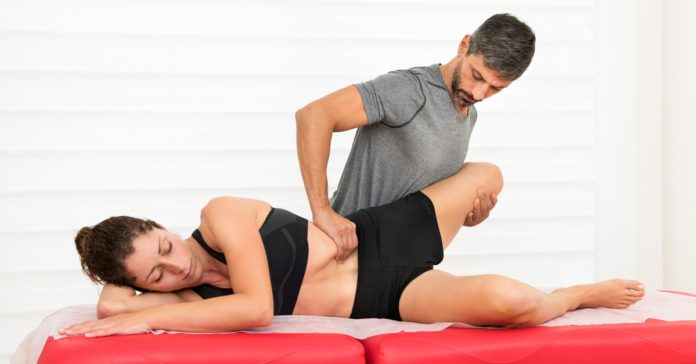The human hip flexors are a group of muscles packed near the top of the thighs. They play significant roles in the movement of the lower body. The hip flexors give you the freedom to walk, bend and move your hips. However, if your muscles become a little too tight or peradventure, you move suddenly. There is every tendency that you will get your hip flexor stretched and could equally tear.
The hip flexor could become quite uncomfortable or so severe that you would naturally have difficulty walking. This may eventually lead to muscle spasms and make you have a lot of pain.
Usually, the hip flexor is made up of several muscles. Some of them include:
- Iliopsoas
- Rectus femoris
- Tensor fasciae latae
- Sartorius
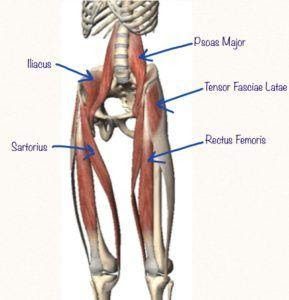
The iliopsoas is the largest of them all. It is attached to the front of the lower back vertebra (lumbar) and the inner surface of the pelvis. It is also connected to the thigh bones. Anytime it contracts, the muscle flexes the hip joint into a pointed position as though ready to march. This muscle aids the leg during walking and running exercises.
Tight Hip Flexors
A lot of people are prone to having tight hip flexors. Ranging from people who spend long periods sitting to those who regularly visit the gyms and professional athletes. If you have a tight hip flexor, there is every tendency that you get injured very quickly due to the increasing demands on your tissues which are not moving appropriately.
While other muscles aids in the flexing of the hip, the iliopsoas, which is the primary flexor muscle, and due to their positioning, can be tight with prevailing sitting activities like working in an office or sitting idly behind the screens of a computer.
You can be afflicted with a tight hip flexor near your groin. When this happens, you are liable to feel pains in the areas where there are muscles, usually near the place of attachment of the thigh. The situation might become worse when the hip flexor muscles get stretched.
Common Causes of Tight Hip Flexors
On most occasions, a tight hip flexor is caused when it is overused. Meanwhile, other things that may cause it include:
- Weak muscles around the hip
- Standing for an extended period
- Sitting for an extended period – which makes the hip muscles contract for a lengthy time.
- Acute muscle contraction
- Having one leg longer than another
- Sleeping all night on one side of the body
- Bad postural habits.
Similarly, athletes that carry out running, jumping, and high knee-kick sporting activities are at higher risks of a hip flexor injury. Some of the sports where these are prone to happen include:
- Soccer
- Cyclists
- Dancers
- Kicker football
Tight Hip Flexors Symptoms
It’s essential to know the symptoms that are associated with a tight hip flexor. It ranges from mild to severe, but whichever it falls, it could impact your movement. When they are overused, the tendons and muscles that connect them will become strained. Usually, the pain will become worse as the connecting muscles get stretched.
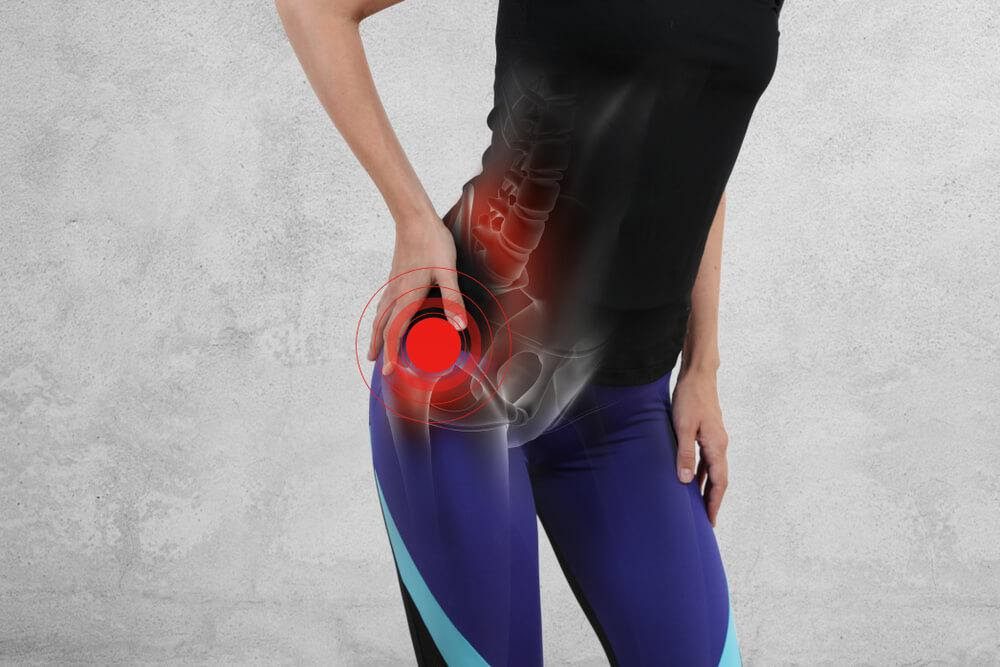
And as soon as the thigh gets extended behind the body, there is a simultaneous stretching of the muscles. Should there be any strain within the hip flexor, there would be pains. Typically, if you do not have a good rest or seek treatment, the symptoms felt might elevate and get increasingly worse.
Other symptoms of tight hip flexors include:
- Difficulty to walk, bend, and stand
- Back pains
- Muscle spasms at the lower back, hips, and thighs
- Poor posture
- Trauma from fall
- Neck pains and tightness
- Glute pains
Tight Hip Flexors Treatment
As soon as you find out you possess any of the symptoms of a tight hip flexor, it would be best if you got yourself a suitable treatment.
Physical Treatment
If you have issues with your hip flexor, which cause you pain, you have to visit a therapist.
Engaging in Physical therapy is an art of sports medicine that usually helps to get back to fitness from the sores on the shoulder sooner than expected. If done early enough, there will be prevention of further damages and aid your healing process. Also, they will help you prevent such injury in the future.
Most times, hip flexor injuries do not require prescription medication or invasive medical procedures to treat themselves. Physical treatment is usually their way to go. While your therapist may suggest icing as a treatment measure, you can also engage in a couple of physical activities to get you back to position.
Listed below are some of the physical exercises that your therapist can recommend for effective rehabilitation and how to carry them out:
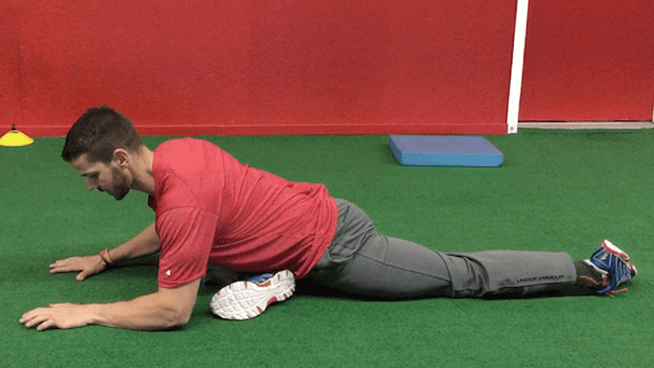
Hip flexor stretch – Scissors
- Lie on your back with knees positioned at 90-degrees away from the floor.
- Ensure to tighten your belly muscles and buttocks as you press your back on the floor
- Gradually straighten up one of your legs while holding the other for about 6 seconds. Ensure your leg is about 30 cm off the floor.
- Repeat this procedure eight to twelve times.
Quadricep and hip flexor stretch – Lying on the side
- On one side, Lie flat on the floor with your more muscular leg, using a hand to support your head
- Bend your top leg, then reach behind to hold the other leg at the ankle with the other leg
- Pull your leg towards your buttock and stretching your leg back. You will feel a stretch in front of your thigh
- Hold the stretch for about fifteen to 30 seconds
- Repeat between two to four times.
Hip Flexor Stretch – Kneeling
- Kneel on your affected leg while bending your good leg at the front. Should you feel any discomfort, place a knee underneath the knee.
- Keep your back in a straight position and slowly push your hips forward
- Maintain this position for at least fifteen or 30 seconds
- Repeat between two to four times.
Hip flexor stretch – Edge of the table
- Lie with your back flat on a table or bench. Leave one of your legs hanging off the table edge.
- Hold your strong leg by the knee, and pull it backward. Relax your affected leg and allow it to hang down the bench or table
- Maintain this stretching position between fifteen to thirty seconds
- Repeat two to four times.
Also, your therapist may help you recondition your tight hip flexor not to become a weak spot along the line. Meanwhile, sports rehabilitation seems to benefit athletes a lot, and this can also assist you in continuing to carry out your activity even as you continue your rehabilitation. Aside from the above-recommended exercises, several other techniques can equally be implemented to ward off pressure away from the muscles in your hip.
Alternative Options
Aside from the physical treatments that are used in the treatment of hip flexors, other alternative treatment methods that can also be put into adoption include:
Acupuncture
Should you like to go the natural way, acupuncture will provide you the route to effective hip flexor injury treatments. Acupuncture has always been one of the most common methods used to resolve musculoskeletal disorders. And it has become meaningful in treating shoulder pains and their dysfunction. Hence, if you seek relief from a tight hip flexor tear, you can take acupuncture as a treatment. It will reduce your pain, facilitate smooth healing, and boost your recovery process.
Eat proper foods
Another major thing to contend with is the kind of foods you take. When you take care of this, you would significantly reduce the inflammation of the hip and the pain that accompanies it. Two foods should be specially considered in such a situation—turmeric and celery. Turmeric is the main ingredient in the curry powder typical in Indian and most Asian meals.
Take Nutraceuticals
One major cause of hip pain is arthritis. And you can as well use alternative medicine as a remedy for tight hip flexors. Here, the combination of Glucosamine and chondroitin sulfate has been proven by research to be adequate to resolve joint pains.
Devices/Equipment to Relieve Tight Hip Flexors Symptoms
When you run, jump or perform any physical athletic activities, you will naturally place massive stress on your hip flexors. However, some devices can be used to relieve you from this. Listed below are a couple of equipment you can put into good use when you have tight hip flexors:
Treadmill
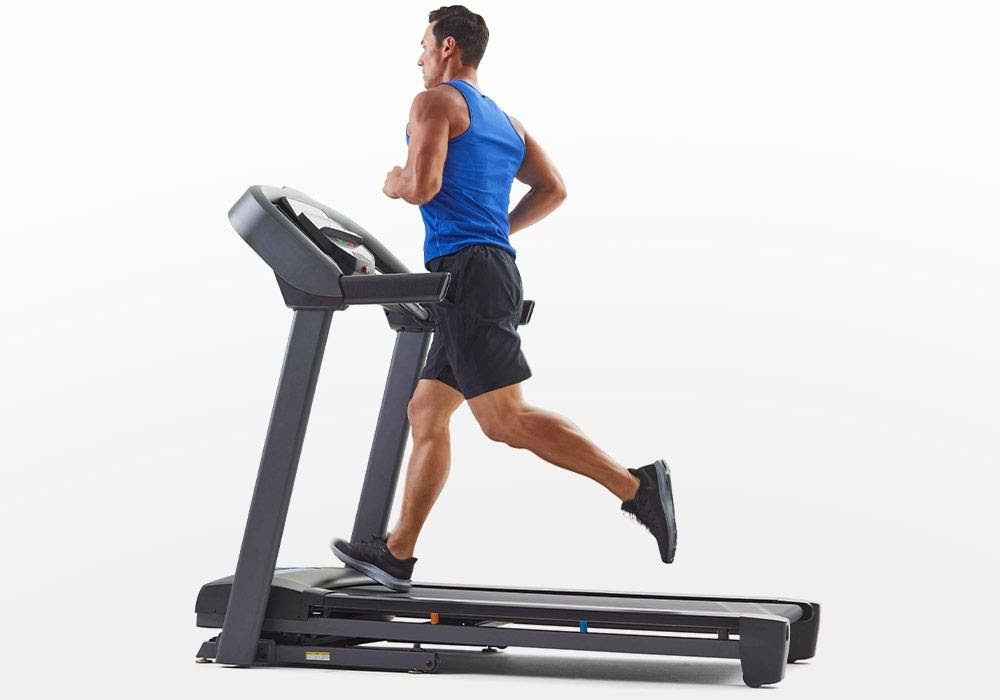
The treadmill is an excellent equipment to relieve hip flexors because walking is what people do every day. It is a beneficial option for people with hip pain. It has a spring attached to its belts, reducing shock on the extremes and at the back. You can go as slow as possible and equally build up speed and intensity at your own pace.
Elliptical
This is a low-impact machine that imitates running but without the actual high-impact force of each step. However, the movement might not come naturally to some, so different people set their stride lengths. Nonetheless, it can be used to get back a range of motion.
Stationary Bike
The stationary bike is equally one of the essential equipment to relieve the stress of tight hip flexors. You can cycle gently as this allows your hips to rotate externally. People who have just had surgery can also make use of this as it assists them in getting back their range of motion. Although they should not consider that until and unless approved by their therapist.
Hip Flexors Prevention
You can prevent the occurrence of tight hip flexors on your hip. Here are few tips to avoid that:
- If you work behind a desk or in an office environment sitting for long hours, get up every hour and move around to stretch your hips
- Before engaging in any physical activity, ensure to workout properly
- Stretch out your hip at the end of every exercise and massage regularly.
Medical Procedures for Hip Flexors
The following are the medical procedures that usually accompany people with hip flexor strains:
Diagnosis
In the course of a physical examination, your therapist would check for inflammation, swelling, or points of tenderness. The therapist can also check the mobility of your hip as well as your range of motion. This will help determine the areas that are painful and where a muscle is damaged.
Imaging Tests
In cases of extreme hip flexor, the muscle can tear. It could completely get detached from the hip bones. Usually, X-rays check for broken or dislocated bones, while MRI and ultrasound scans identify the tears in muscles and tendons.
Surgery

Although a tight hip flexor is not so much of a problem, your therapist will most likely recommend surgery for you when a home remedy cannot resolve the affliction. Two types of surgical procedures can be employed: open and arthroscopy.
The open surgery requires a long incision of about 7 inches. In this process, the hip is dislocated as the surgery as the surgeon repairs the inner hip joint before replacement. Arthroscopy, on the other hand, has a more minimal approach. The surgeon inserts a small surgical tool and a video via small incisions to access the hip joint. Crutches are often recommended for the patient post-surgery.
Natural Remedies for Tight Hip Flexors
There are several conventional treatment methods to cure tight hip flexors in humans, as listed above; however, other natural remedies have equally proven to work better and are as effective. They include:
Rest
You have to rest the muscles if you discover you have a tight hip flexor. You can change your daily activities to avoid overstretching your muscles and relax your hip.
Apply ice
It is also good to apply ice packs to the affected area of the hip. If you do this at least 3 to 4 times daily for every 20 or 30 minutes, it will reduce pain and inflammation.
Non-steroidal anti-inflammatory drugs (NSAIDs)
Certain medications such as Aspirin, Ibuprofen, Naproxen, and other NSAIDs might assist in the relief of your hip pain and ultimately reduce inflammation of the affected area. However, you should follow prescriptions that an appropriate health professional hitherto recommends avoiding abuse.
Massage
As a natural remedy, massage plays a vital role in the relief of hip pains. You can solicit the help of someone such as a family member to help you knead the sore muscles in your hip. However, you can equally get it done by yourself too. Gently rub your hip. It can also make use of ointments. But if that proves to be ineffective, get a therapist.
Conclusion
The duration at which a tight hip flexor takes to heal usually depends on the severity of the injury. If the hip strain is mild, it will only take a few weeks before healing. However, should the damage be a little severe, the patient would take up to six weeks and above to completely heal.
Should you have any of the symptoms linked with tight hip flexors listed above, including difficulty walking, bending, and standing, back pains; muscle spasms at the lower back, hips, and thighs; poor posture; trauma; glute, and pains, and others. It would help if you did not hesitate to take proper treatment methods, such as physical, alternative, or a medical procedure.
As an athlete, you can engage the alternative or natural treatment options by applying ice, rest or engage in rehabilitation exercises. You can equally take NSAIDs such as Ibuprofen and Naproxen. Massage therapy is also a very effective treatment measure.
Suppose the situation becomes more complex than any of the above can resolve. In that case, you may be required to undergo a medical procedure, and a professional surgeon will carry out the surgery.


